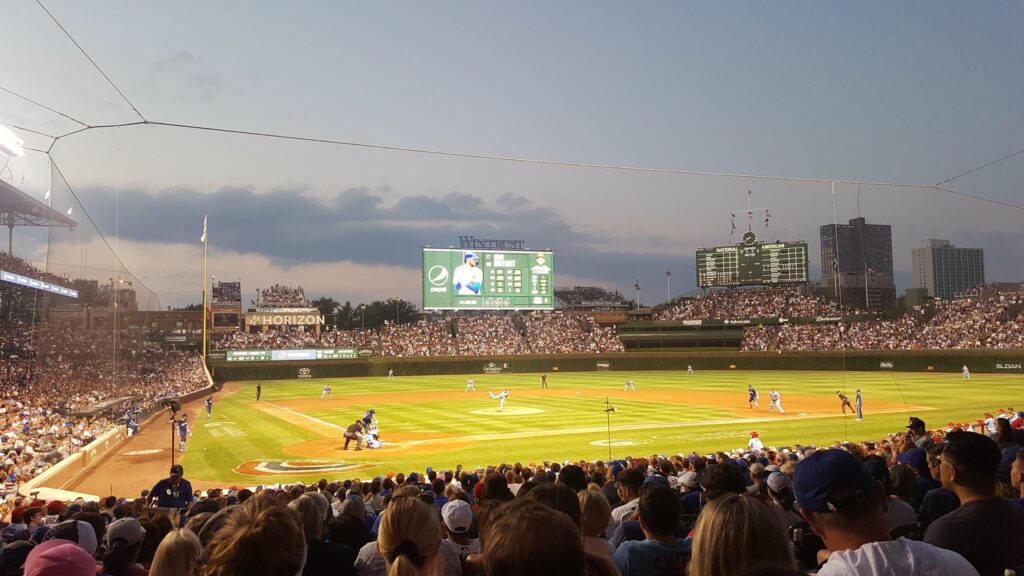
Major League Baseball is one of the most historic professional sports leagues in the United States and represents the highest level of professional baseball. Throughout its history, MLB has endured many changes to rules, equipment, and strategy. As a result of these changes, the league has been segmented into several distinct eras, including the dead ball era and the live ball era.
According to a new study by researchers from Dartmouth College, baseball could be on the cusp of another era where higher temperatures due to global warming are increasingly having an impact on the game. The report, which was published in the scientific journal Bulletin of the American Meteorological Society, found that more than 500 home runs since 2010 can be attributed to the warmer and thinner air caused by global warming The research team expects several hundred more home runs per season to come with future climate warming.
While only 1% of recent home runs are attributable to climate change, researchers expect that figure to jump to 10% or more by 2100 if climate change continues unabated.
The researchers examined each major league ballpark to gauge how the average number of home runs per year could rise with each 1-degree Celsius increase in global average temperature. They found that Wrigley Field – home of the Chicago Cubs – would have the largest spike with more than 15 home runs per season. Meanwhile, domed Tropicana Field – home of the Tampa Bay Rays – would remain unaffected by the hotter temperatures outside.
Perhaps the next era for baseball will be known as “climate-ball.”
**********
Web Links
Spike in Major League Home Runs Tied to Climate Change
Photo, posted September 23, 2021, courtesy of Joe Passe via Flickr.
Earth Wise is a production of WAMC Northeast Public Radio
Leave a Reply